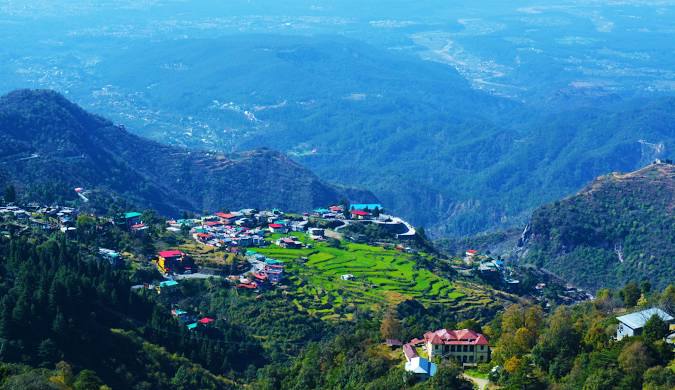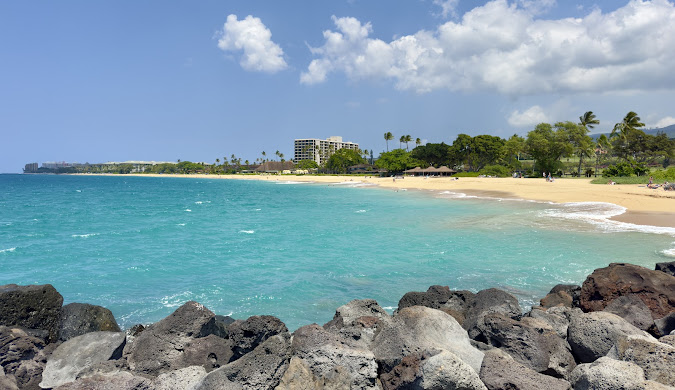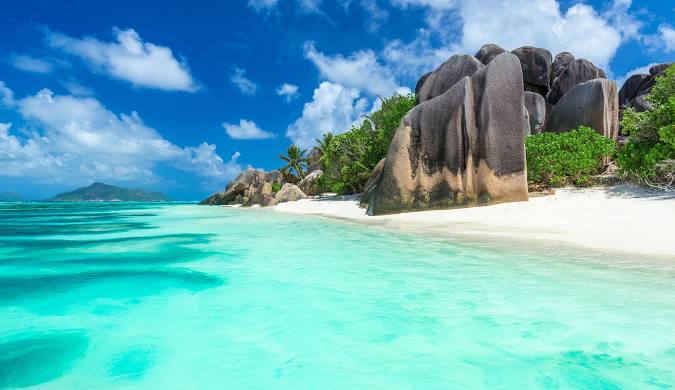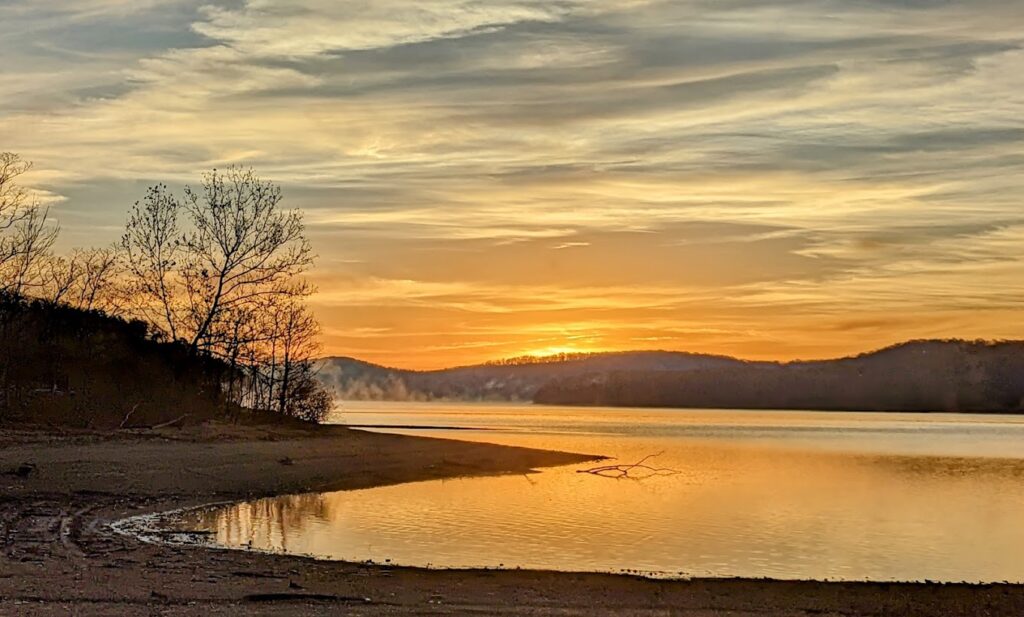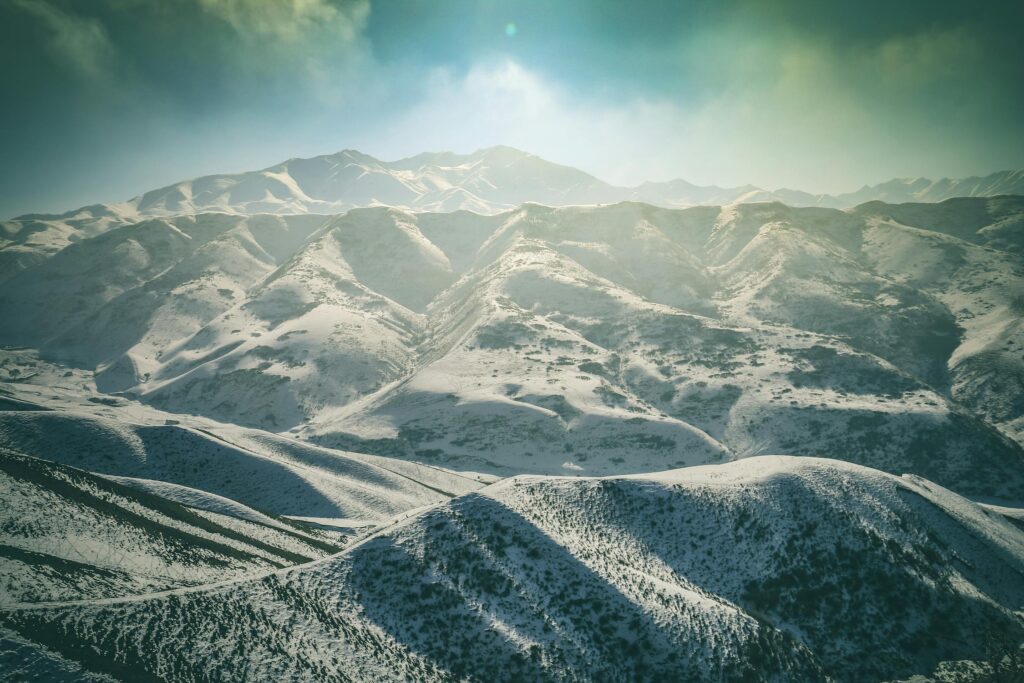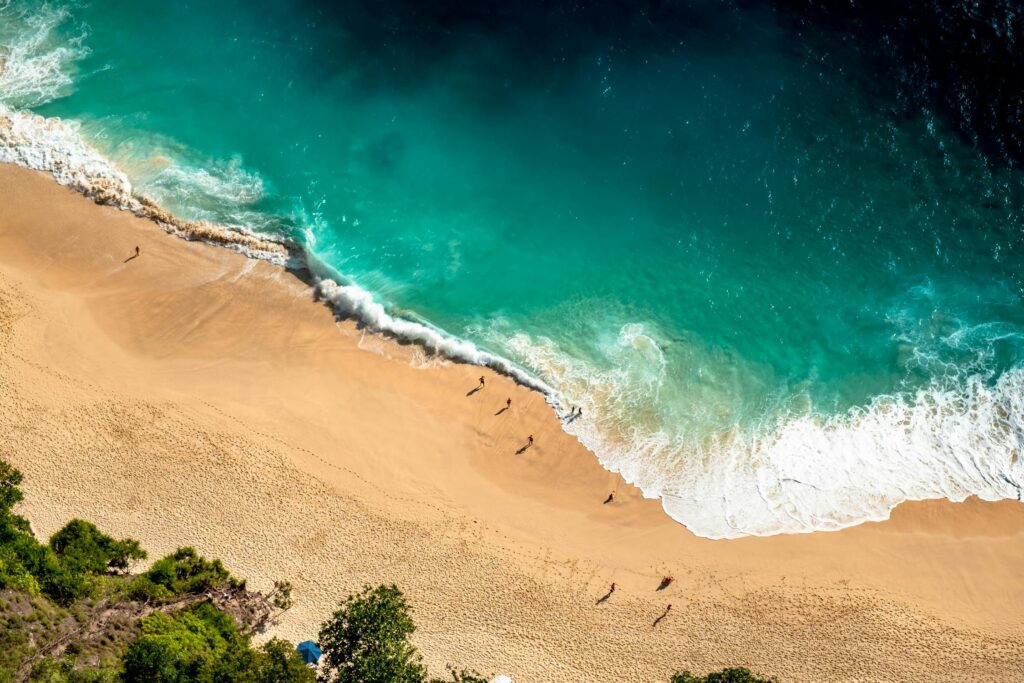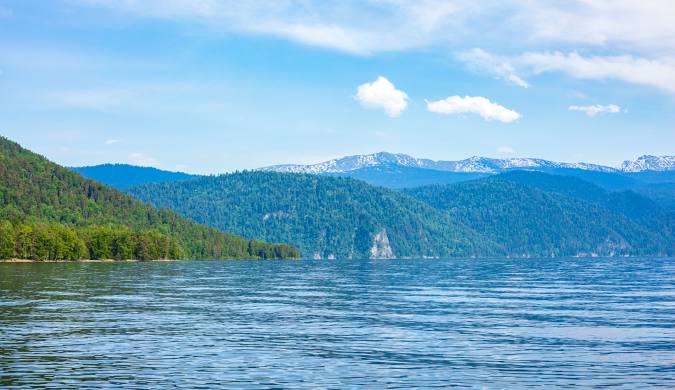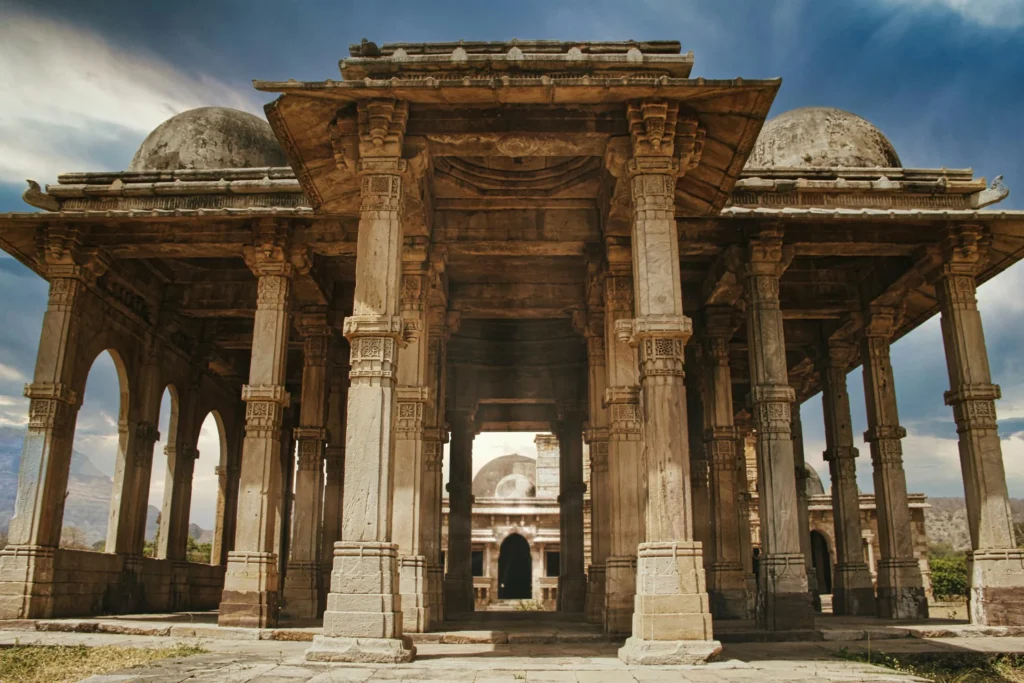Plan Your Mussoorie Trip: Best Time to Visit & Travel Tips 2025
Looking for the best spots to visit in Mussoorie? Quickly explore Lal Tibba for Himalayan views1 …, take a stroll down the lively Mall Road1 …, or experience the cascading waters of Kempty Falls1 …. For more in-depth information on these attractions, including their unique features, things to do, and practical details, keep reading the comprehensive guide. You’ll find everything you need to plan your visit! Mussoorie Travel Guide: Discover the Best Time to Visit and Plan Table of Contents Introduction Few places in India capture the enchantment of the Himalayan foothills as splendidly as Mussoorie, fondly hailed as the “Queen of the Hills.” Perched at an elevation of around 6,500 feet (about 2,000 meters) above sea level, this charming hill station in Uttarakhand has bewitched travelers since the days of the British Raj. Strolling through the winding roads, you’ll find colonial-era structures, bustling markets, scenic viewpoints, and a refreshing climate that contrasts with the heat of India’s plains. Why is Mussoorie famous for?Mussoorie’s fame arises from its breathtaking mountain vistas, cool climate, and historic charm. Its vantage points offer panoramic views of the snow-capped Himalayan ranges, while the rolling green hills surrounding the town create a picturesque backdrop for leisurely walks, adventurous treks, and everything in between. Is Mussoorie worth visiting?Absolutely! For anyone who loves the mountains—or simply desires a tranquil escape—Mussoorie more than lives up to its regal moniker. Whether you’re wandering down Mall Road, gazing at the Doon Valley, or sipping hot chai while clouds drift by, there’s a rejuvenating aura here that envelopes every traveler. The vibe is both relaxing and adventurous, making Mussoorie ideal for couples, families, and solo wanderers. What’s special in Mussoorie?Mussoorie combines British colonial history, natural wonders, quirky local traditions, and unforgettable cuisine. Attractions like Kempty Falls, Lal Tibba, and Gun Hill draw visitors from all over the globe. Its proximity to other Uttarakhand gems—like Dehradun and Rishikesh—adds extra flair for those seeking to extend their Himalayan circuit. With this guide, we’ll help you discover why Mussoorie is a year-round favorite, from picking the best time to visit Mussoorie to planning your trip budget and top attractions. Ready to plan your adventure? Let’s begin! Best Time to Visit Mussoorie When to Visit Mussoorie: Finding Your Perfect Season Which month is best to visit Mussoorie?Mussoorie has a mild, pleasant climate for most of the year. However, the peak season generally runs from March to June, when temperatures hover between 15°C and 25°C (59°F–77°F), offering a respite from the scorching Indian summer. The skies are mostly clear, making it ideal for sightseeing. Which is the best time to visit Mussoorie? Is it hot or cold in Mussoorie? Mussoorie typically remains pleasant, rarely getting scorching hot. Summers peak around 25°C. Winters can see temperatures fall close to 0°C (32°F). If you prefer mild weather, summer to early autumn is best. If you love chilly conditions and possible snow, visit in January or February. Which month is coldest in Mussoorie? Typically, January is the coldest month, with nighttime temperatures possibly dipping below zero. Snowfall (when it does occur) usually arrives between late December and early February, making Mussoorie a winter wonderland. What is off-season in Mussoorie? Pro Tip: Always check the local weather forecast (or “what is the climate in Mussoorie today?”) before you finalize your plans, as Himalayan weather can be unpredictable. Getting to Mussoorie: Travel Options How to Reach Mussoorie: Your Complete Transportation Guide How do I go from Delhi to Mussoorie? How to reach Mussoorie by train?No direct train station in Mussoorie. The nearest railhead is Dehradun. From Dehradun Railway Station, local cabs or buses ply frequently to Mussoorie, a scenic 33 km (20 mi) route with breathtaking views. How to reach Mussoorie by air?Fly into Dehradun’s Jolly Grant Airport, about 55 km (34 mi) from Mussoorie. From the airport, a pre-paid taxi or rental car can get you to the hill station in 1.5–2 hours, depending on traffic and road conditions. How to go Mussoorie from Rishikesh? / How do I go from Mussoorie to Rishikesh?Mussoorie to Rishikesh is about 75 km (47 mi), typically 2-3 hours by road. You can take a bus from Dehradun or direct share taxis on weekends. If you have a private vehicle, the route via Dehradun is straightforward, with scenic mountain views en route. How do I go from Dehradun to Mussoorie?The Dehradun–Mussoorie route is a short 33 km, usually covered in 1-1.5 hours by public bus or taxi. The ride is steep and winding, offering mesmerizing valley vistas as you ascend the hills. How far is Mussoorie and Nainital?Mussoorie and Nainital are about 300 km (186 mi) apart, taking 7-8 hours by road. Many travelers combine these destinations if they have ample time. How to travel in Mussoorie?Within the town, walking is popular—especially along the Mall Road. For longer distances, local cabs and shared autos (vikrams) are available. Keep in mind that parking can be limited, so plan accordingly if you’re driving your own vehicle. How Many Days are Enough for Mussoorie? Is 2 days enough for Mussoorie? Is Mussoorie one day enough? How many days trip is good for Mussoorie? Tip: If you plan to combine Mussoorie with other Uttarakhand destinations, 4-5 days is excellent for a more varied itinerary. Mussoorie Trip Cost & Budgeting How much will a Mussoorie trip cost? How much does a Mussoorie trip cost? Costs in Mussoorie can vary widely based on your accommodation choices, transportation, dining, and activities. Here’s a rough breakdown for a 2-3 day mid-range trip for two people: Is Mussoorie costly? While Mussoorie can be pricier than smaller hill stations due to its popularity, it offers budget to luxury experiences. Mall Road shops, cafés, and mid-range hotels are quite affordable. Upscale resorts and luxury spas exist for travelers seeking premium comfort. Overall, with a bit of planning, you can tailor your Mussoorie trip to suit a range of budgets. Where to Stay in Mussoorie Which area is best to stay in Mussoorie? If you
Plan Your Mussoorie Trip: Best Time to Visit & Travel Tips 2025 Read More »

